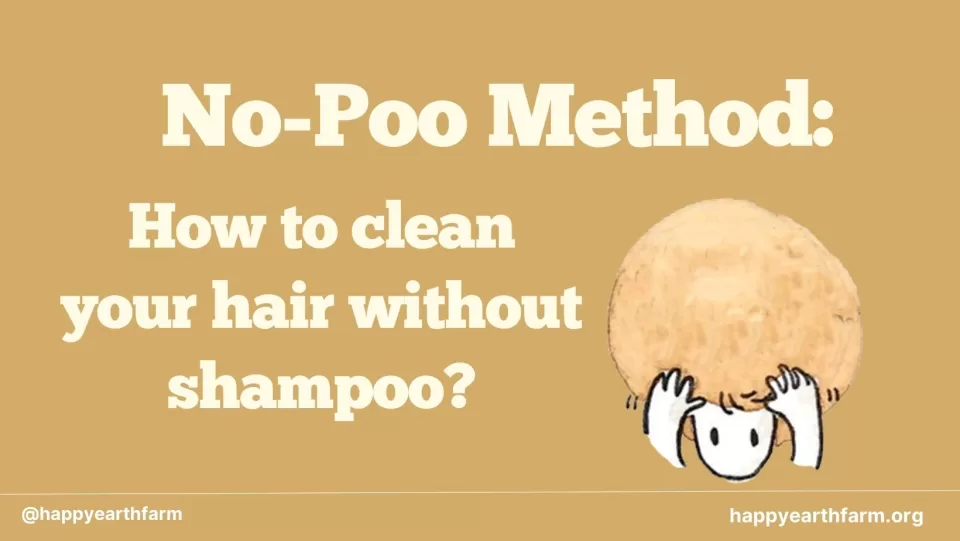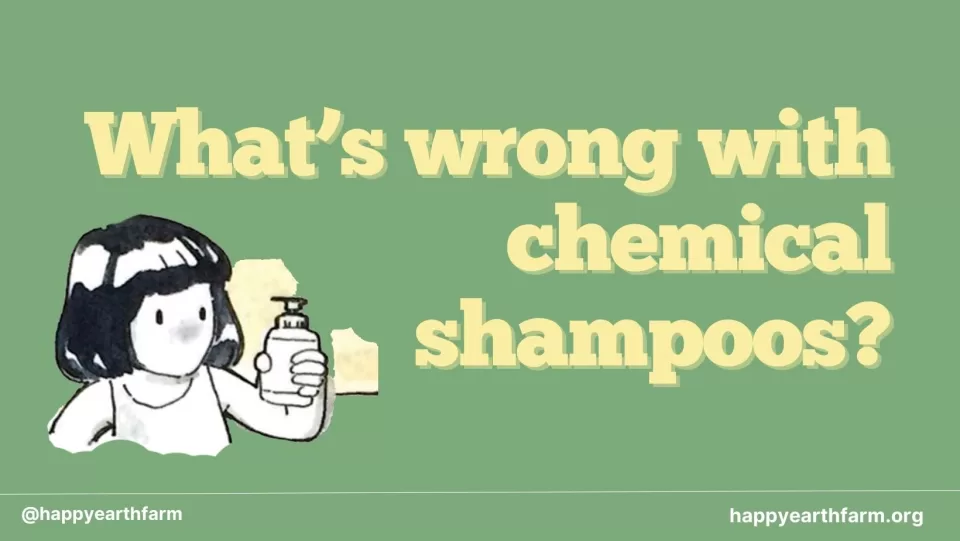
Reconnecting with Mother Nature: Free Yourself from Judgements
February 1, 2024Bubble Trouble: Why It’s Time to Rethink Foaming Soap in Your Cleansing Routine

In the realm of skincare, the allure of foam has long been ingrained in our routines. From the satisfying lather of shampoo to the frothy bubbles of facial cleansers, we’ve been conditioned to equate foam with cleanliness. However, what if this association is misleading? What if the very element we believe to be essential for a thorough cleanse is actually detrimental to our skin’s health?
Today, let’s explore the science behind why foam isn’t fabulous for your skin and why non-foaming alternatives may be the key to unlocking healthier, more radiant skin, and reconnecting with Mother Nature.
What is Foam?
Foam in hair and body cleansers, also known as lather, results from the interaction between water and surfactants (surface-active agents) present in products like soap or shampoo. Surfactants are chemical compounds that help reduce water’s surface tension, allowing it to spread more easily and penetrate dirt and oil on the skin and hair.
When you use soaps or shampoos and massage them with water, the surfactants attract both water and oil, forming tiny bubbles or foam. This foam helps lift dirt, oil, germs, and impurities from the skin and hair, making it easier to rinse them away.
Traditional foaming cleansers contain a cocktail of surfactants and detergents that create the bubbly lather we associate with cleanliness and freshness. However, it comes with drawbacks.
The Problem with Foam:
While this foam may give the illusion of a deep clean, it often comes at a cost to our skin’s health. One of the primary issues with foaming cleansers is their high pH level. The skin’s natural pH typically ranges around 4.5 to 5.5, slightly acidic to maintain its protective barrier known as the acid mantle. However, many foaming cleansers have pH levels far above this range, sometimes reaching as high as 9 or 10. This alkaline environment disrupts the skin’s delicate balance, compromising its ability to retain moisture and protect against pathogens.
The Consequences of Disrupted pH Balance:
When the skin’s pH balance is disrupted by alkaline foaming cleansers, several negative consequences may ensue. Firstly, the acid mantle, which acts as a barrier against bacteria and environmental pollutants, becomes compromised. This leaves the skin vulnerable to irritation and inflammation. Additionally, the disruption of the skin’s pH can lead to excessive dryness as the natural oils essential for maintaining hydration are stripped away. This can result in a vicious cycle where the skin or scalp attempts to compensate for the loss of moisture by producing more oil, potentially leading to acne, oily scalp, and other dermatological issues. Additionally, the aggressive nature of foam from soap and shampoo can disrupt the skin’s delicate microbial balance, leaving it even more susceptible to infections.
History of Foaming Soap:
It’s true that written records of soap production date back nearly 5,000 years, with variations from Mesopotamia, Egypt, ancient Greece, and Rome. It was a byproduct of the meat industry as soap production often used cow tallow and wood ashes to create surfactant. However, contrary to popular belief, it was not used for body cleansing. According to historian Judith Ridner, who specializes in material culture, it wasn’t until the past century that soap was marketed for body cleansing. In fact, for the Romans, soap was mainly used to wash clothes, linen, or fiber before being woven into textiles.
Thanks to the Crusade wars, during the Middle Ages, vegetable oil soaps like Aleppo and Castile soaps became popular in Europe. However, the usage of soap as laundry or household cleanser carried on well into the 1800s. It wasn’t until 1879 that soap was marketed for body cleansing by P&G, who came up with Ivory Soap, the first perfumed toilet soap.
What About Mild Surfactants?
As the industry awakens to the need for milder surfactants, it still comes with precautions. These newly invented surfactants, though creating less foam than traditional ones, are less researched, and therefore, their long-term effects are still unclear. Our skin, the largest organ in the body, is sensitive, and there are many factors at play. So, it’s important not to quickly jump into new trends and rely on them prematurely.
Alternatives from Ancestral Wisdom:
Don’t worry; our ancestors can provide some clues. Before the soap and shampoo industry, different cultures across the world used real and pure natural ingredients as hair and body cleansers. In India, people used Mung Bean or Chickpea powder to clean the body or Shikakai and soap nuts to wash their hair. In China, Camellia seed powder was used for hair cleaning. Native Americans used sap from Yucca and Gourd roots as shampoo and body cleanser. In Thailand, we used whole Makrut Limes to wash our hair and Mee leaf to clean our bodies. The result of these practices was that people enjoyed beautiful hair and skin even into old age.
Why do we have to depend on foam to feel clean?
With all its goods and bads, maybe it’s time to question our use of soap and foaming agents and start to rethink the way we clean ourselves. Maybe there’s a way we can bring back those old traditions that have nourished hair and body for thousands of years before the soap and shampoo industry. And maybe then, we can reconnect with our bodies and nature the same way our ancestors did before.
Visit Mon’s No-Poo Rants Blog to learn about her experiments with different natural body care routines or embark on this natural skincare journey via our Newsletter.
But if you want to try to clean your hair and body the traditional way without any chemicals at all, the No-Poo Head-to-Toe Wash is a good start. It is made from three whole fruits and a leaf, the recipe that has been used for thousands of years before soap and shampoo existed. You can also experiment with the Mung Bean or Jasmine Rice Powder, both made from real and pure organic beans and rice grown right at our farm.
And along this journey, you might find something even more beautiful, a way to live in harmony with Mother Nature.
Time to bring real and pure nature’s essence back in your life and open up a whole new world of possiblity right in your shower!
Citations
https://theconversation.com/the-dirty-history-of-soap-136434




